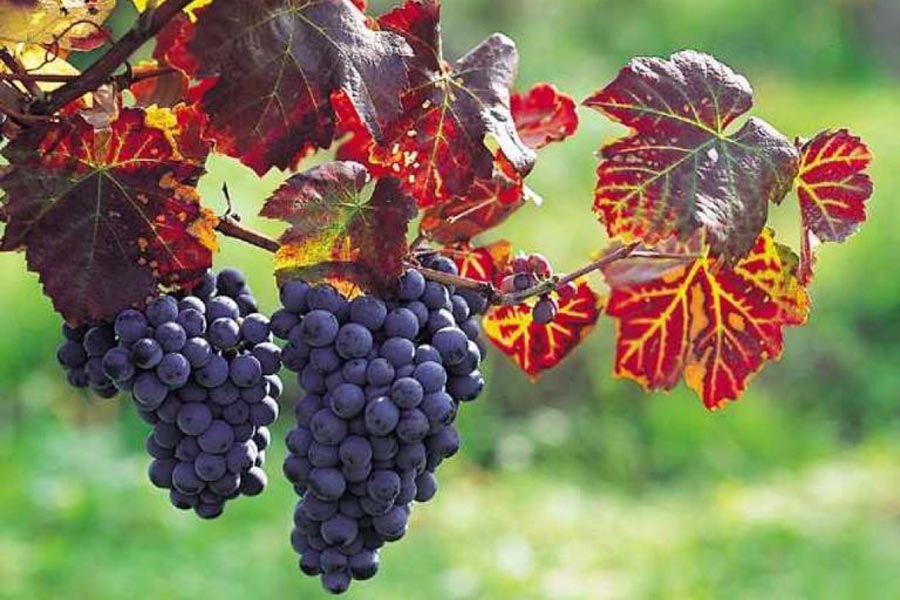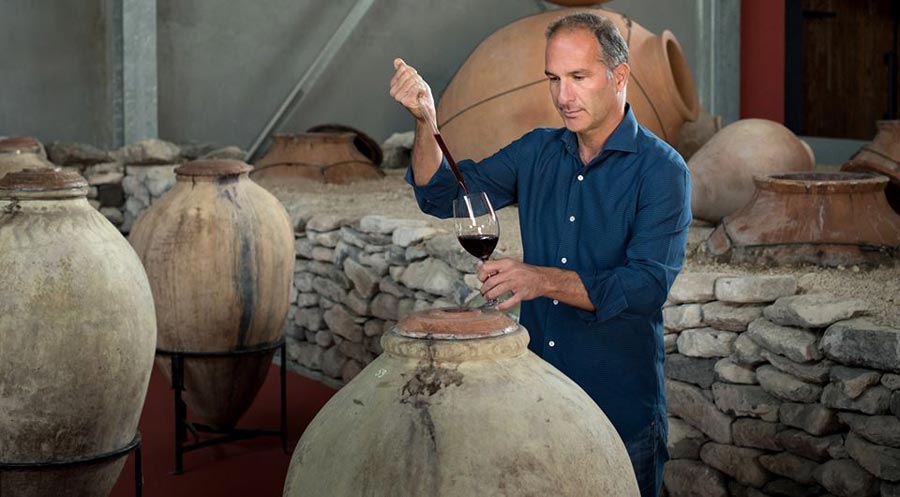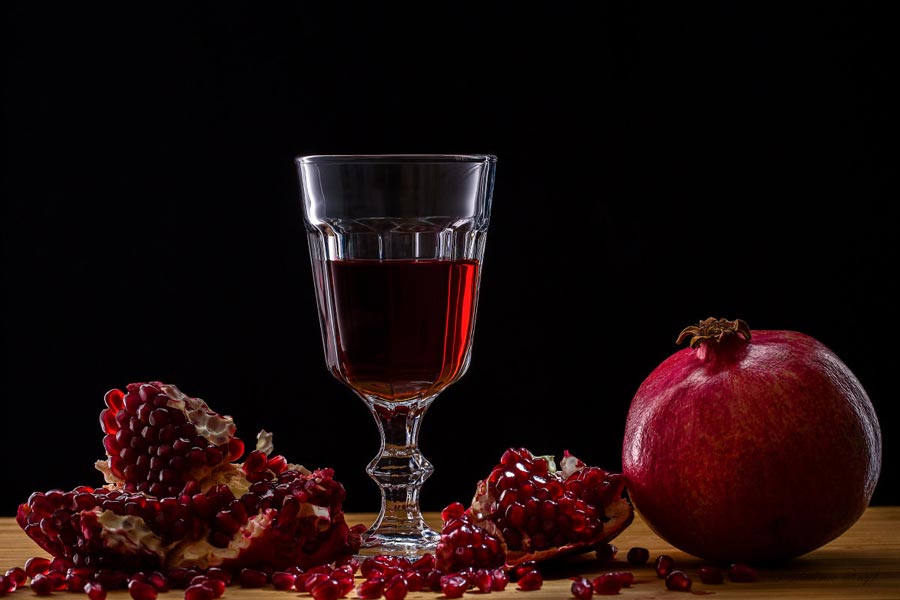We have already written about Armenian wine, but yesterday a traditional wine festival was held in the village of Areni and this is an occasion to talk about Armenian wine again.

Armenian winemaking has experienced a new renaissance in the last decade. Dozens of new wineries, new brands, new tastes have appeared. Winemakers began to work with autochthonous grape varieties and competently blend them with selective varieties. They began to develop their own style, already recognizable in the world. But this is not the first “birth” of Armenian wine in history.

One of the main features of Armenian wine is the small distribution of phylloxera. The phylloxera is a tiny insect that infects the roots of vines, which has almost destroyed all the vineyards of the Old World. Therefore, vines of traditional varieties are grafted onto phylloxera-resistant roots. This affects the quality of the grapes. And there are almost no truly ancient vines in the Old World. In Armenia, it is not difficult to find fruit-bearing vines that are 100 years old or more. And wine is made from these grapes.
These types of wines are rare all over the world due to their unique taste, but in Armenia they can be purchased for moderate prices. If the label indicates that the wine is made from such grapes, then it is a must-buy!
The second feature of Armenian wines is the use of predominantly autochthonous, that is, local grape varieties. And there are hundreds of varieties. The main ones, of course, are the ancient red variety of Areni. Kakhet, rich red Khndoghni and white Voskehat, Chilar and Banants are also very interesting! Monovarietal wines from these grape varieties are an opportunity to taste the taste of real Armenian wine.

The third and very important is the terroir (and in the terminology of wine producers, this is the ratio of climate, soils, varieties and a dozen other factors). In Armenia it is favorable and varied! At the same time, varieties for fine still red wines, white wines grow in Armenia, there are conditions for growing grapes for sparkling wines (more acidic and grown in the highlands) and, of course, for sherry wines. In order not to make a mistake with the choice, look for wines made from grapes grown in the most popular wine-growing regions of Armenia – Vayots Dzor, Armavir, Artsakh, Aragotsotn and Ararat. You can also discover wines from the Tavush region, which is starting to gain popularity.

The fourth is the mode of production. The traditional way of producing Armenian wine includes aging in a clay carat – a jug. Unfortunately, the tradition of producing karases themselves was almost lost during the industrial development. Now enthusiasts are restoring schools for the production of karases. In the meantime, winemakers buy old, and sometimes even ancient karases in the villages. Tasting wine produced in this way is a must. Just to feel the thousand-year history of winemaking and its unique experience passed down through the centuries. On the label of such a wine, the method of production will be indicated – “karasi”.

Fifth and no less important in tasting Armenian wine is acquaintance with non-grape and, first of all, pomegranate wines. Armenian winemakers are working to bring fruit and berry wines into a separate category of drinks with their own quality criteria. And Armenia has always been famous for fruit wines and for good reason!

The sixth feature is that Armenia is a country with good ecological indicators and there are no problems for agriculture in finding ecologically clean areas. That is why organic winemaking is developed in Armenia and even biodynamic winemaking has been developed. At the same time, even if there is no indication on the label that the wine is organic, you can rest assured that it is most likely produced in an ecologically clean region.
Armenian wine is an important part of any of our travels in Armenia. That is why we invite you to choose a wine tour in Armenia and visit several famous wineries with us to see firsthand thousands of years of experience and modern achievements in winemaking.
And learn to distinguish truly excellent wines among good Armenian wines. And about what wines we consider mandatory for tasting in one of our next articles.